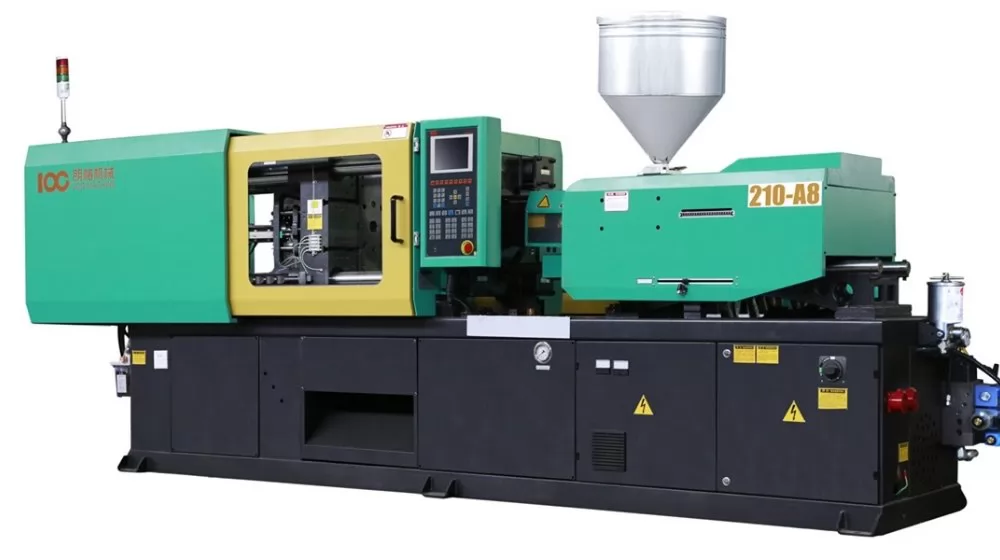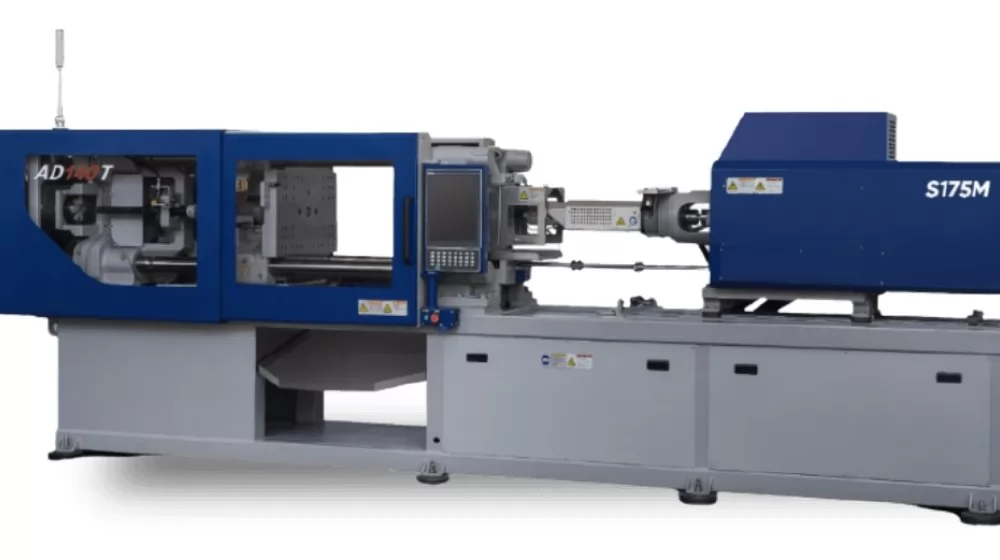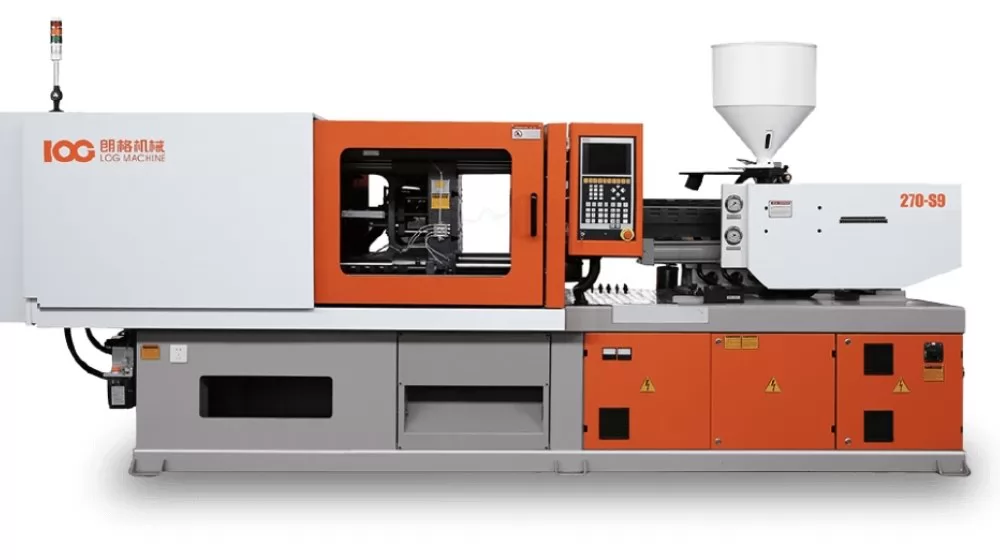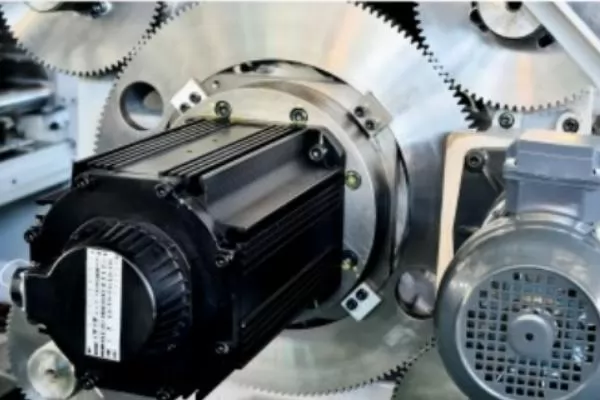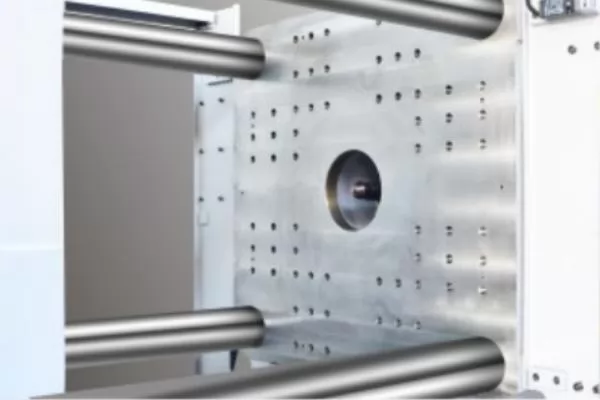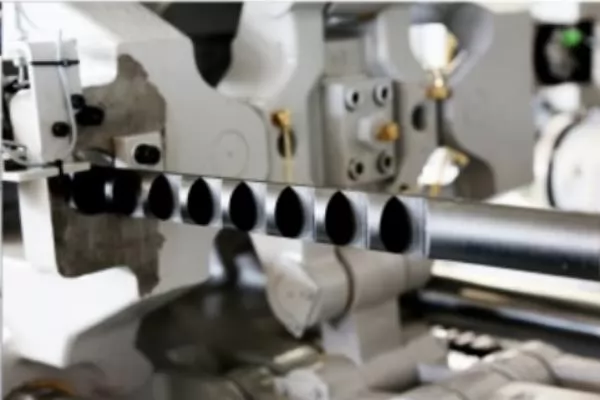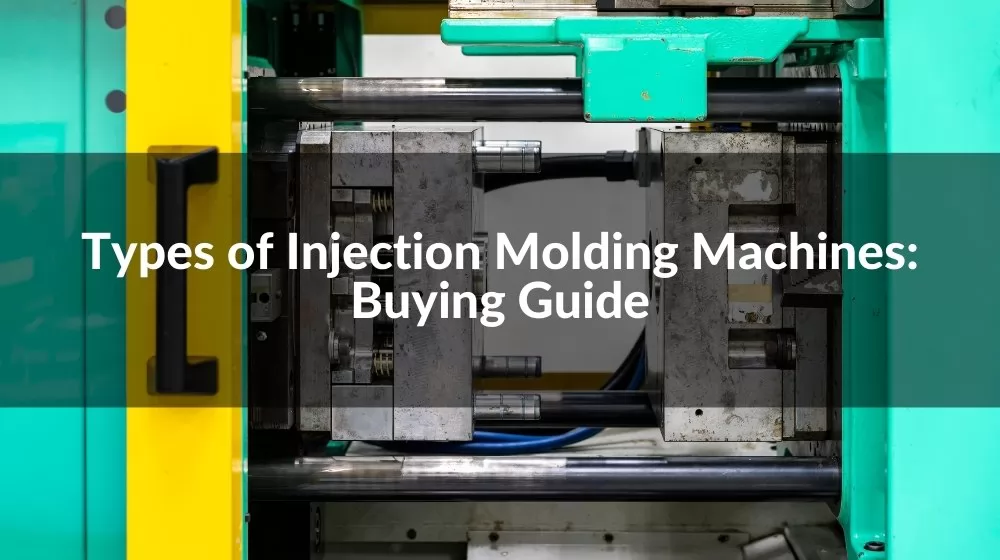
Welcome to our comprehensive buying guide on types of injection molding machines. In the ever-evolving world of manufacturing, choosing the right equipment for your specific applications can be daunting. This guide will enlighten you on different types of injection molding machines, including hydraulic, electric, servo, and horizontal injection molding machines. Each piece of equipment offers unique advantages and can significantly impact the efficiency, quality, and profitability of your production line.
1.Definition and Purpose of Injection Molding Machines
In the world of manufacturing, Injection Molding Machines play a pivotal role. These are complex machines that mold materials into desired shapes by injecting them into a mold under high pressure. This process, known as injection molding, is predominantly used in mass production where the same part is being created thousands or even millions of times in succession.
The primary purpose of injection molding machines is to manufacture products in large quantities with high precision and consistency. They can work with a variety of materials including plastic, metals, and glass, among others. From everyday household items like bottle caps and toys to intricate automotive parts and medical devices - the applications of these machines are vast and varied.
There are several types of injection molding machines, each with their own set of benefits and drawbacks. These include Hydraulic Injection Molding Machines, Electric Injection Molding Machines, Servo Injection Molding Machines. Choosing the right type of machine is crucial for the efficiency and success of the manufacturing process.
This guide will delve into the various types of injection molding machines available in the market, to help you understand which type might be the best fit for your specific manufacturing needs. Stay tuned as we navigate through the realm of injection molding machines!
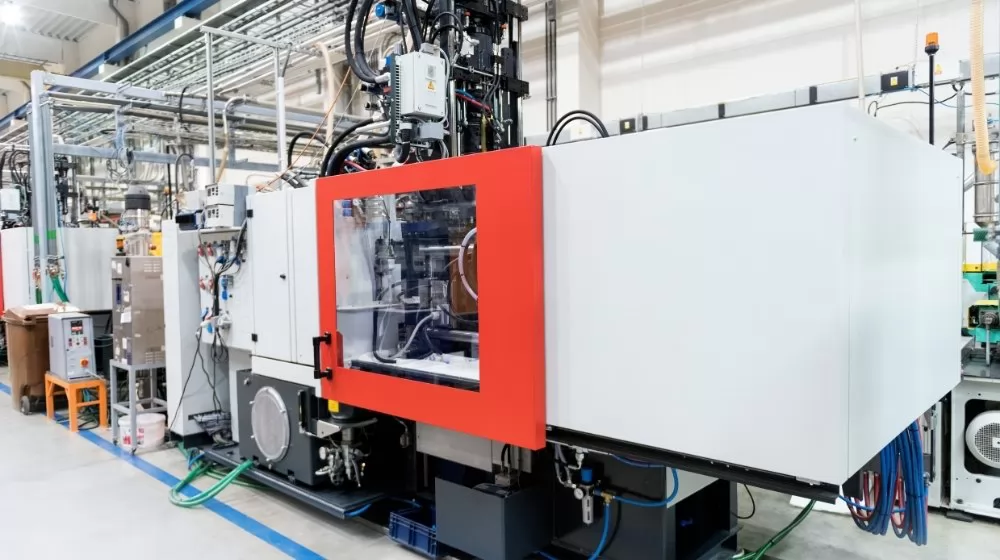
2.Historical Development and Importance in Modern Manufacturing
The history of Injection Molding Machines dates back to the late 19th century, with the invention of the first simplistic injection device. Over time, these machines have seen significant advancements, shaping them into the versatile, high-efficiency machines we see today.
In the mid-20th century, the introduction of Hydraulic Injection Molding Machines was a game-changer. These machines increased precision, output, and operational stability. Later, with the advent of Electric Injection Molding Machines, the molding process became even more efficient and accurate.
The recent development of Servo Injection Molding Machines and Horizontal Injection Molding Machines has revolutionized the industry by offering enhanced energy efficiency and production capabilities. These advancements have enabled manufacturers to produce high-quality parts at a much faster rate, reducing the overall cost of production.
In the modern manufacturing world, injection molding machines hold paramount importance. They are an indispensable part of industries like automotive, medical, consumer goods, and more. By allowing mass production of complex components with high precision and consistency, these machines contribute significantly to industrial growth and technological advancements.
Moving forward, we'll dive deep into the characteristics, benefits, and drawbacks of each type of injection molding machine, providing you with comprehensive knowledge to make an informed decision when choosing the perfect fit for your manufacturing needs.
3.The Basics of Injection Molding
Principles of Injection Molding
Injection molding is an intricate process used across numerous industries to manufacture parts in large volumes. The process involves introducing a molten material, typically a thermoplastic, into a mold under high pressure. This material then cools within the mold, assuming its shape before being ejected as a finished part. The precision, speed, and cost-effectiveness of injection molding make it a preferred method for mass-producing identical parts.
Major Components of an Injection Molding Machine
The functionality of an injection molding machine is derived from the synchronization of its two main parts: the Injection Unit and the Clamping Unit. Both units operate in tandem to ensure the smooth production of high-quality molded parts.
Injection Unit
The Injection Unit is where the magic begins. The unit is responsible for melting the plastic granules and injecting the molten plastic into the mold. It comprises the hopper, which is the reservoir for the raw plastic granules, and the barrel, where these granules are heated until they reach a molten state. The injection unit also houses a reciprocating screw mechanism that both transports the molten plastic towards the mold and acts as a ram during the injection process.
Clamping Unit
The Clamping Unit is as essential as the injection unit. It holds and secures the two halves of the mold during the injection process and opens it once the part has cooled and solidified. The clamping unit ensures the mold remains closed under high pressure, preventing molten plastic from leaking out, which could result in deformities in the final product.
Mold
The Mold is an essential component of the machine, designed to produce parts in specific shapes. Molds can have single or multiple cavities, depending on the volume and intricacy of the part production. A well-designed mold is critical to the injection molding process as it directly influences the quality and dimensional accuracy of the final product.
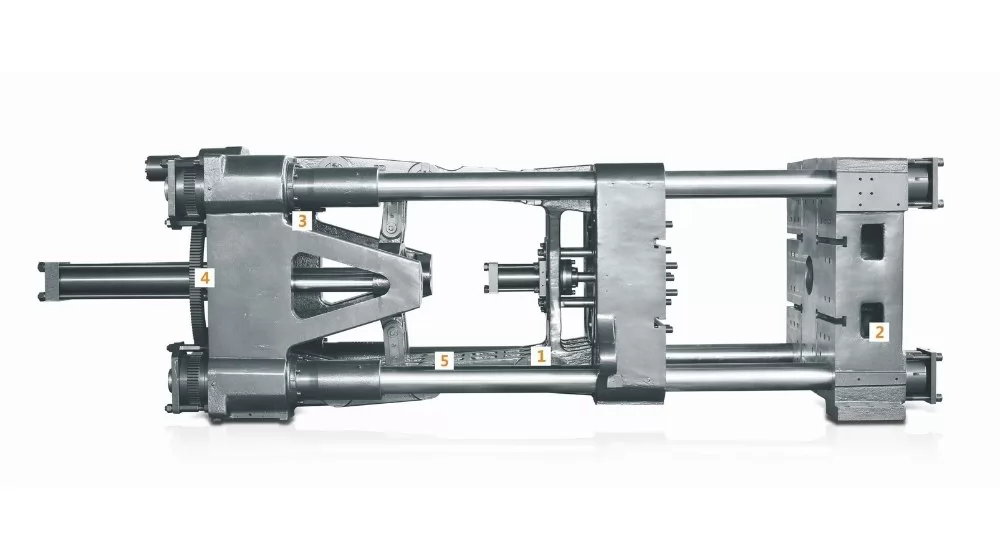
The Injection Molding Process Step-by-Step
The injection molding process is a symphony of precision and timing, and here is how it unfolds:
- First, the raw material, usually in the form of granules, is loaded into the hopper of the injection molding machine.
- The material is then conveyed from the hopper to the barrel by gravity, where it is heated to reach a molten state.
- The reciprocating screw within the barrel pushes the molten material through the nozzle and into the mold.
- Within the mold, the molten material begins to cool and solidify, assuming the shape of the mold.
- Once the part is sufficiently cooled and hardened, the mold halves are separated by the clamping unit and the finished part is ejected.
- The mold closes again, and the process repeats for the next part.
As the process is automated, injection molding machines can operate continuously with short intervals between cycles, making them highly efficient for mass production.
4.Types of Injection Molding Machines Based on Machine Design
Hydraulic Injection Molding Machines
Working Mechanism and Advantages
Hydraulic injection molding machines have been the longstanding standard in the injection molding industry. They operate using hydraulic pumps regulated by variable displacement valves, allowing for precise control over the injection speed and pressure. The versatility and adjustability of hydraulic systems offer a high degree of flexibility when molding a wide range of parts, making them suitable for complex and high-strength applications.
Limitations and Disadvantages
Despite their advantages, hydraulic injection molding machines have several limitations. These include greater energy consumption compared to other types, more noise during operation, and the requirement for regular maintenance due to potential oil leaks and component wear. The speed of operation is also generally slower than that of electric machines.
Electric Injection Molding Machines
Advantages over Hydraulic Machines
Electric injection molding machines are gaining popularity due to their superior precision, speed, and energy efficiency. They use servo motors for all operations, ensuring higher control accuracy and repeatability. Furthermore, electric machines are quieter, cleaner, and require less maintenance than their hydraulic counterparts.
Energy Efficiency and Precision
Electric injection molding machines excel in terms of energy efficiency, as they consume power only when necessary, thus reducing operating costs. Moreover, their high precision in controlling the injection process reduces wastage and improves the quality of the finished parts.
Electric VS Hydraulic Injection Molding Machine
When comparing electric and hydraulic injection molding machines, the former leads in efficiency, precision, cleanliness, and noise reduction. However, hydraulic machines offer more versatility and are often a more economical choice, especially for large-scale applications and more robust, high-strength parts.
Hybrid(Servo) Injection Molding Machines
Combining Hydraulics and Electrics
Hybrid or Servo injection molding machines aim to combine the best of both worlds - the precision of electric machines with the versatility of hydraulic ones. They typically use electric motors for the injection, screw rotation, and mold movements, and hydraulic systems for functions requiring high force, like mold clamping.
Enhanced Performance and Features
The hybrid design offers significant improvements in performance, including energy efficiency and precision similar to electric machines, while still maintaining the robustness and versatility of hydraulic machines. This combination of features makes them an attractive solution for a broad range of applications.
Servo vs Variable Injection Molding Machine
When comparing Servo and Variable injection molding machines, Servo machines tend to offer greater energy savings, lower operating noise, and smoother movement due to their precise control of the motor's speed and torque. In contrast, Variable pump machines, while energy-saving compared to traditional hydraulic machines, cannot match the precision and efficiency of Servo machines.
5.Categorization of Injection Molding Machines by Clamping Systems
Toggle Clamping System
Explanation and Operation
Toggle clamping systems are used extensively in injection molding machines due to their efficiency and reliability. They employ mechanical levers and linkage to generate a clamping force. Once the clamp is locked, it uses minimum energy to maintain the clamping force, which makes these systems highly energy-efficient.
Applications and Suitability
Toggle clamping systems are ideal for small to medium-sized machines and are commonly used in producing small, intricate parts. Their high precision and energy efficiency make them well-suited for applications requiring precise dimensional control and high production volumes.
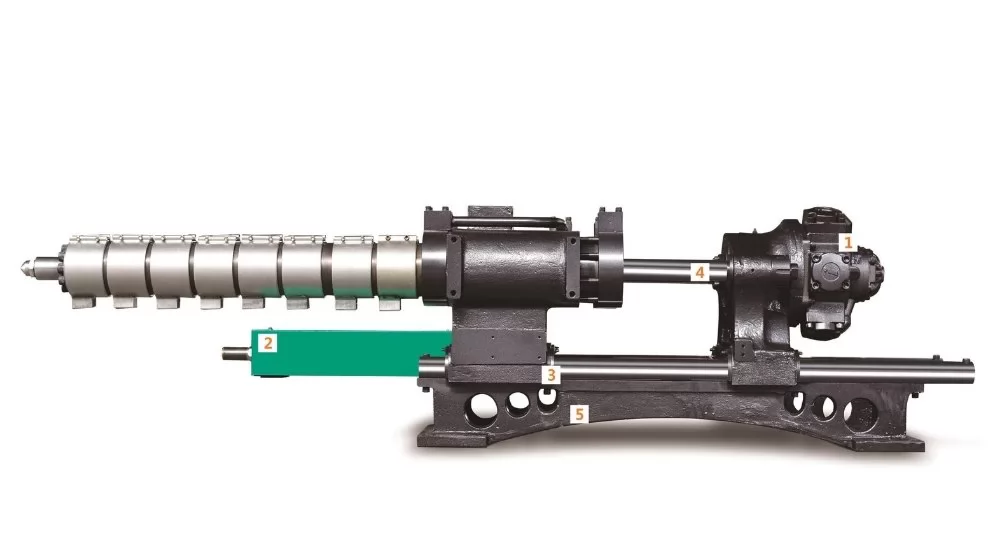
Hydraulic Clamping System
How it Works and Benefits
Hydraulic clamping systems use hydraulic pressure to provide the clamping force. They allow for a flexible and precise control of the clamping force, which can be adjusted to match the specific requirements of the molded part. They also offer a more uniform force distribution, reducing mold wear and ensuring product consistency.
Industry Use Cases
Hydraulic clamping systems are often used in larger molding machines due to their capacity to generate high clamping forces. Their broad adjustability and uniform force distribution make them a popular choice for producing larger, more robust parts in industries such as automotive, construction, and aerospace.
Two-Platen Clamping System
Features and Advantages
Two-platen clamping systems, as the name suggests, utilize two platens to apply force to the mold. These systems are known for their compact design, as they eliminate the need for the rear clamping platen used in traditional three-platen systems. This results in a smaller machine footprint, reduced mold deflection, faster cycle times, and energy savings.
Large-Scale Production Applications
The reduced machine size and enhanced performance characteristics make two-platen systems particularly advantageous for large-scale production applications. They are commonly used in the production of large parts, such as automotive components, household appliances, and furniture, where their reduced footprint and high efficiency provide significant benefits.
6.Different Injection Molding Machine Configurations
Vertical Injection Molding Machines
Description and Functionality
Vertical injection molding machines, as the name suggests, operate with the mold opening and closing vertically. This unique orientation allows for gravity-assisted insert loading, and aids in the process of overmolding - the technique of molding over an existing part or product.
Ideal Applications and Benefits
Because of their design, vertical machines are ideally suited for insert and overmolding applications where components need to be accurately placed into the mold. The vertical orientation also minimizes parting line issues, allowing for high-quality, precise products.
Horizontal Injection Molding Machines
Exploring the Horizontal Setup
The horizontal injection molding machine, the most commonly used type, operates with the mold opening and closing on a horizontal path. This setup allows for effortless ejecting of the final product, due to the force of gravity aiding in the process.
Use Cases and Advantages
Horizontal machines are versatile and can produce a wide range of parts, from small to large, simple to complex. They are often the preferred choice for high-production applications due to their ease of operation, high efficiency, and ability to accommodate larger molds.
All-Electric Injection Molding Machines
Key Components and Working Principle
All-electric injection molding machines use servomotors for all processing steps, from injection, dosing, and mold movement to ejection. This complete electric automation results in precision, repeatability, and energy efficiency far superior to hydraulic systems.
Advancements in Electric Technology
With the rapid advancement in technology, all-electric machines are becoming increasingly powerful and versatile. They offer unmatched precision and speed, are quieter, and require less maintenance than their hydraulic counterparts. This makes them an ideal choice for industries that require precision and reliability, such as medical devices and electronics.
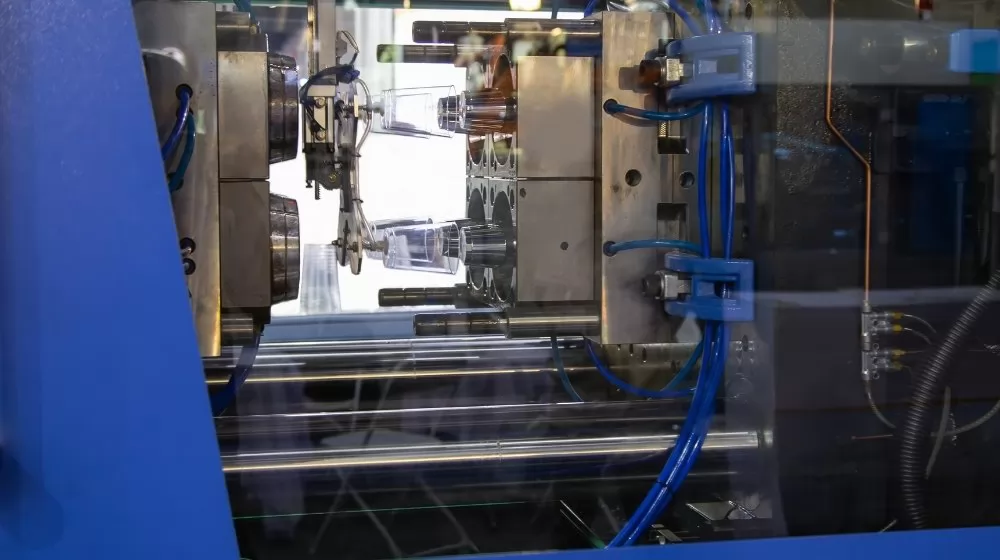
7.Specialized Injection Molding Machines
Multi-Material Injection Molding Machines
Introduction to Multi-Shot Molding
Multi-material injection molding machines, also known as multi-shot molding machines, have the ability to inject two or more different materials into a single mold during one molding cycle. This capability simplifies the production process, saves time and cost, and can result in better product quality.
Overmolding and Insert Molding
Overmolding is a process where a layer of a different material is molded over an existing part. Insert molding, on the other hand, involves embedding an object (usually made of metal) into a molded plastic part. Both these techniques are frequently employed using multi-material machines to create complex, high-value products such as medical devices, consumer electronics, and automotive parts.
Gas-Assisted Injection Molding Machines
How Gas Assist Works
Gas-assisted injection molding involves the introduction of a pressurized gas (usually nitrogen) into the molten plastic inside the mold. The gas pushes the plastic material towards the mold walls, creating hollow sections within the part. This process results in lighter, stronger parts with smoother surfaces and less warping.
Benefits for Complex Designs
The gas-assist technique allows for the creation of intricate and complex designs that may be difficult or impossible with traditional injection molding. It reduces material usage and cycle times, thereby providing cost savings. Additionally, it can improve part aesthetics and structural integrity, making it highly beneficial for industries such as automotive, medical, and consumer goods.
8.In-Mold Labeling (IML) Machines
Combining Molding and Labeling
In-Mold Labeling (IML) is a process where a pre-printed label is placed in the mold before injection, becoming an integral part of the final product during the molding process. The label fuses with the molten plastic, resulting in a decorated product straight out of the machine. This technique eliminates the need for a separate labeling step in the production line, thus simplifying the manufacturing process and increasing efficiency.
Advantages and Applications
In-mold labeling offers several benefits. Firstly, it provides superior product aesthetics with high-resolution, scratch-resistant images that are resistant to humidity and temperature changes. Secondly, it increases production efficiency by eliminating a separate labeling step. Lastly, it is environmentally friendly as the label and the product are of the same material and can be recycled together. These features make IML ideal for high-quality packaging in food, beverage, and cosmetic industries.
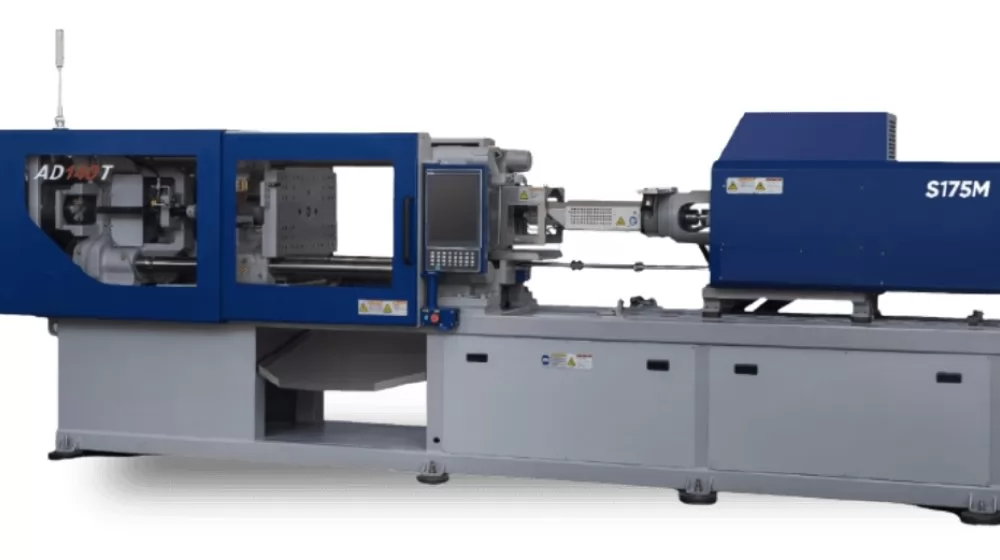
9.High-Speed and High-Pressure Injection Molding Machines
High-Speed Injection Molding Machines
Understanding the Need for Speed
In the manufacturing world, time is money. High-speed injection molding machines address this need by significantly reducing cycle times, allowing for faster production rates. These machines utilize sophisticated hydraulic, electric, or hybrid systems to achieve rapid clamp movements and high injection speeds.
Applications and Performance
High-speed machines are used in applications requiring large quantities of parts in a short time. Industries such as packaging, consumer goods, and medical devices utilize these machines for their superior efficiency and precision. Despite the increased speed, these machines ensure quality and consistency in the final products.
High-Pressure Injection Molding Machines
Handling High Viscosity Materials
Certain materials such as high-performance thermoplastics have high viscosity and require greater pressure to be properly molded. High-pressure injection molding machines are designed to handle such materials, delivering the necessary force to fill intricate mold cavities and ensure complete and uniform material distribution.
Usage in Various Industries
High-pressure machines are crucial in industries requiring the use of high-performance, heat-resistant materials. Automotive, aerospace, medical, and electronics industries are a few examples where these machines are used to produce complex, high-strength components that can withstand harsh conditions.
10.Injection Molding Machines for Specific Materials
Thermoplastic Injection Molding Machines
Working with Thermoplastic Polymers
Thermoplastic injection molding machines are designed to work with polymers that melt when heated and solidify when cooled, in a process that can be repeated. This makes them ideal for thermoplastic polymers such as Polyethylene (PE), Polypropylene (PP), and Polystyrene (PS), which display these characteristics.
Advantages and Limitations
Thermoplastic materials offer a wide range of benefits, including high strength-to-weight ratios, good electrical insulating properties, and excellent machinability. The ability to recycle thermoplastic waste is another significant advantage. However, these materials tend to have lower heat resistance compared to thermosets, which can limit their use in high-temperature environments.
Thermoset Injection Molding Machines
Curing Process and Material Applications
Thermoset injection molding machines are specifically designed to handle materials that irreversibly cure when heated. Examples include materials such as Epoxy, Phenolic, and Silicone. Unlike thermoplastics, once cured, thermosets cannot be re-melted or reformed but maintain their shape and strength, even under high heat conditions.
Benefits and Challenges
Thermosets are known for their high thermal stability, chemical resistance, and electrical insulation properties. However, working with thermosets can be more challenging, given their irreversible curing process. Once a thermoset part is molded, it cannot be re-melted or reshaped, which means any waste or defective products cannot be recycled as easily as their thermoplastic counterparts.
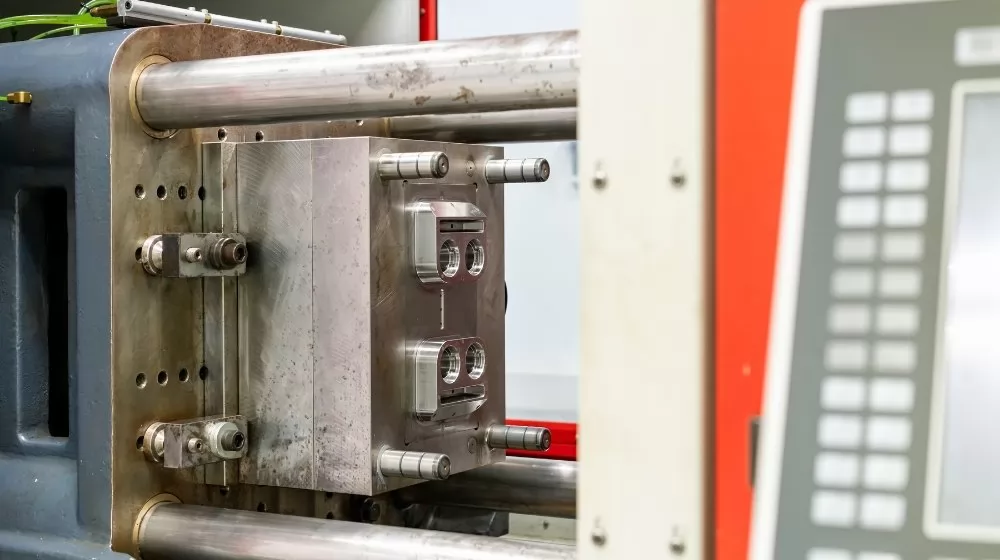
11.Energy Efficiency and Sustainability in Injection Molding Machines
Energy Consumption in Injection Molding
Evaluating Energy Usage
Injection molding machines, particularly older hydraulic models, can consume significant amounts of energy during operation. It's crucial to evaluate energy usage, as it directly impacts operational costs and the environmental footprint of the manufacturing process.
Energy-Saving Techniques
There are several techniques to reduce energy consumption, such as using variable speed pumps, using energy-efficient heaters, optimizing the production cycle, and regular maintenance of the machines. Moreover, transitioning to all-electric or hybrid machines can significantly reduce energy usage due to their high-efficiency motors and precision controls.
Sustainable Practices in Injection Molding
Recycling and Waste Reduction
One of the major areas of sustainability in injection molding is waste reduction. This can be achieved by optimizing the molding process to minimize scrap, regrinding and reusing material waste, and recycling defective parts. Efficient design and mold filling simulations can also help reduce the amount of material used and waste generated.
Eco-Friendly Materials
The use of eco-friendly materials, such as biodegradable thermoplastics or bio-based resins, can significantly reduce the environmental impact of injection molding. These materials can provide similar performance to traditional plastics but with a reduced carbon footprint, contributing to a more sustainable injection molding industry.
12.Selecting the Right Injection Molding Machine
Considerations for Machine Selection
Production Volume and Requirements
Selecting the right machine starts with a thorough understanding of your production requirements, including the volume and the complexity of the parts to be produced. High-volume production might necessitate a machine with a high injection speed, while complex parts may require advanced controls and a high tonnage clamp.
Material Compatibility and Specializations
The type of material you plan to use is another critical factor. Not all machines are compatible with all materials, and certain machines are specialized for specific materials or processes. For instance, thermoset materials may require a different type of machine than thermoplastics.
Evaluating Key Features and Options
Examine the features of the machine carefully. Consider options like multi-component or insert molding capabilities if they are relevant to your process. Look at the machine's controls, and consider whether they are user-friendly and capable of the precision and control your process requires.
Efficiency, Accuracy, and Safety
Efficiency and accuracy are essential factors. Consider energy consumption, cycle times, and the precision of the machine. Safety is also paramount - make sure the machine has adequate safety features to protect operators and maintain a safe work environment.
Support and Service
Finally, consider the level of support provided by the manufacturer or dealer. Good after-sales service, availability of parts, and technical support can be crucial in maintaining the machine's performance and minimizing downtime.
More Reading: How to select a Plastic Injection Molding Machine
13.Maintaining and Troubleshooting Injection Molding Machines
Routine Maintenance Practices
Preventive Maintenance Schedules
Regular preventive maintenance is key to ensuring optimal performance and longevity of your injection molding machine. This includes regularly checking and cleaning the feed hopper, cleaning and lubricating moving parts, checking hydraulic oil levels and temperature, and inspecting heaters and thermocouples for proper operation.
Extending Machine Lifespan
With proper maintenance, the lifespan of an injection molding machine can be significantly extended. This includes regular cleaning and inspection, replacing worn parts, and keeping the machine in a well-ventilated and dust-free environment.
Common Issues and Troubleshooting Tips
Identifying Problems and Solutions
Problems with an injection molding machine can manifest in many ways, such as inconsistent product quality, slow cycle times, or excessive energy use. Proper troubleshooting involves identifying the problem, understanding its cause, and implementing the appropriate solution, which may include adjusting settings, replacing parts, or performing specific maintenance tasks.
Maintenance Best Practices
Maintenance best practices include following the manufacturer's recommended maintenance schedule, using proper tools and procedures, documenting all maintenance activities, and providing adequate training to maintenance staff. Preventive maintenance, timely repairs, and proper machine use can significantly reduce breakdowns and ensure consistent, high-quality production.
Conclusion
We hope this guide helps you navigate the complexities of selecting the right injection molding machine for your manufacturing needs. At Log Machine, we understand that the right equipment can make all the difference. We are dedicated to providing superior-quality hydraulic, electric, servo, and horizontal injection molding machines that ensure efficiency and accuracy in all your operations. Visit our website at www.log-machine.com to explore our range of state-of-the-art injection molding machines.
Read More:
How to select a Plastic Injection Molding Machine
Top 10 Injection Molding Machine Manufacturer in World(2023 Updated)
2023 Top 30 China Injection Molding Machine Manufacturer Brands: Ultimate List
Electric VS Hydraulic Injection Molding Machine
Injection Molding Machine Maintenance: What You Need to Know




